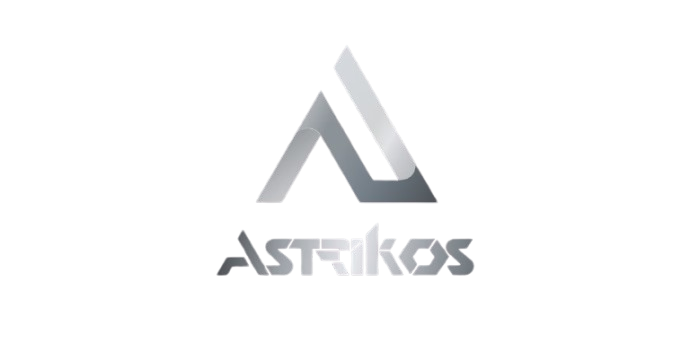From Paper Trails to Digital Twins: The Legacy Systems Holding Us Back . Once upon a time, industries operated without IT or OT systems. Data lived in dusty filing cabinets, control panels were manual, and knowledge resided in the minds of senior technicians. Communication between departments often means walking across factory floors or sending physical memos. For decades, this was the norm, and it worked. But as cities evolved and industries scaled, cracks began to appear.
Today, we live in a world of AI-driven analytics, real-time IoT dashboards, and autonomous infrastructure. Yet, many organizations are still shackled by legacy systems and outdated technologies that no longer align with the speed and scale of modern operations.
So, what exactly is a legacy system?
Understanding Legacy Systems
A legacy system refers to any technology, hardware, software, or process that continues to be used despite being outdated or incompatible with current solutions. Think of it like an old train engine: it still runs, but it wasn’t built for high-speed railways or digital signaling systems.
In many manufacturing plants and city infrastructures, legacy systems might include:
- Proprietary SCADA platforms that can’t connect to the cloud
- Manual spreadsheets used to track energy usage
- Outdated databases with limited analytics capabilities
- Hardware and controllers built for a different era of technology
These systems often operate in silos, making it difficult to achieve interoperability, real-time visibility, or AI-based decision-making.
The Problem with Legacy in Smart Cities & Manufacturing
As we move toward smart cities and Industry 5.0, the demand for connected, data-driven infrastructure has never been higher. However, legacy systems are often roadblocks.
In smart city projects, legacy traffic systems, utility grids, and building management setups can’t talk to each other let alone integrate into a single digital twin model. In manufacturing, outdated MES (Manufacturing Execution Systems) and PLCs (Programmable Logic Controllers) create bottlenecks in production monitoring and limit predictive maintenance.
The cost isn’t just inefficient. It’s lost innovation.
Legacy systems:
- Limit integration with modern AI and ML platforms
- Make real-time data acquisition nearly impossible
- Create security vulnerabilities due to outdated protocols
- Demand high maintenance costs and specialized skill sets
Where astrikos.ai Comes In
At astrikos.ai, we recognize that the world cannot simply “rip and replace” decades-old infrastructure overnight. Instead, we focus on intelligent integration and transformation.
Our platform is designed to sit above existing systems legacy or modern and unify them through data orchestration, edge computing, and interoperable APIs. Whether it’s an aging HVAC system on a smart campus or an analog sensor in a legacy manufacturing line, astrikos.ai brings them into a connected ecosystem.
Key capabilities include:
- Digital Twins: We create real-time, virtual replicas of physical assets even if they run on legacy hardware.
- Data Fusion Layer: Our middleware extracts, standardizes, and enriches data from disparate systems.
- AI-Driven Insights: Once legacy data is unlocked, our platform applies machine learning models for forecasting, anomaly detection, and optimization.
- Secure Gateways: astrikos.ai uses secure edge devices to ensure older systems can communicate with cloud platforms without exposing themselves to vulnerabilities.
Real-World Example: Legacy in Urban Infrastructure
Consider a smart city initiative attempting to modernize its water utility system. The city still relies on 1990s-era pump controllers and manual log sheets. Replacing the entire system would take years and massive budgets.
Instead, astrikos.ai deploys a secure edge device to connect these legacy assets to the cloud. Real-time flow and pressure data are streamed into a centralized dashboard. AI models detect inefficiencies and leaks before they escalate. Within months, the city achieves smarter water management without overhauling its entire infrastructure.
Real-World Example: Legacy in Manufacturing
In a mid-sized factory, the production line uses old programmable logic controllers that can’t connect to the internet. Maintenance issues are only addressed after breakdowns.
Using astrikos.ai’s data bridge and AI-based maintenance module, these legacy PLCs are linked into a cloud-based analytics engine. The factory now predicts machine failures, optimizes scheduling, and improves uptime, bringing legacy hardware into the era of intelligent operations.
Bridging the Past and the Future
Legacy systems aren’t inherently bad; they’re just not enough anymore. They’ve carried out industries for decades, but the future demands agility, automation, and intelligence.
At astrikos.ai, we don’t see legacy systems as obstacles. We see them as starting points.
Our mission is to help smart cities, manufacturers, and infrastructure providers modernize without disruption. We provide the bridge from where they are to where they need to be with minimal risk and maximum impact.
Final Thought
In the race toward digital transformation, the past can’t be ignored. But it also shouldn’t hold us back. With the right platform and approach, even the oldest systems can contribute to a smarter, safer, and more sustainable future.
Let’s build that future one legacy system at a time.

